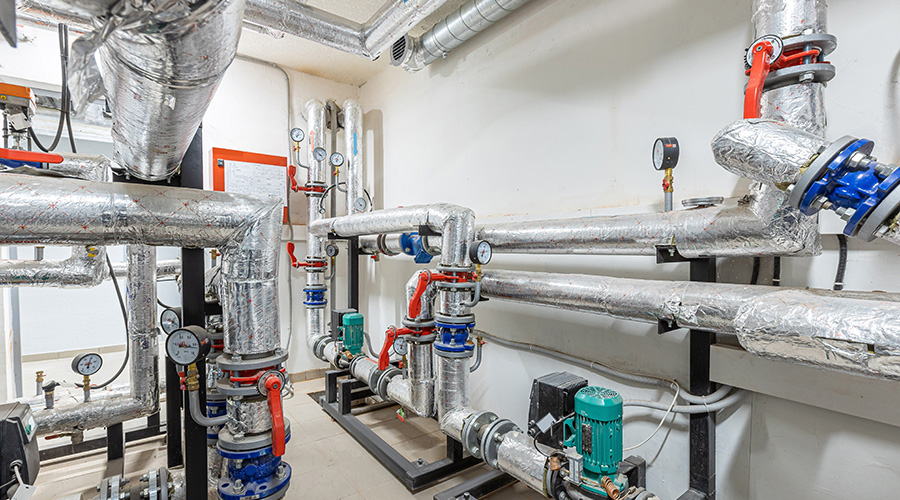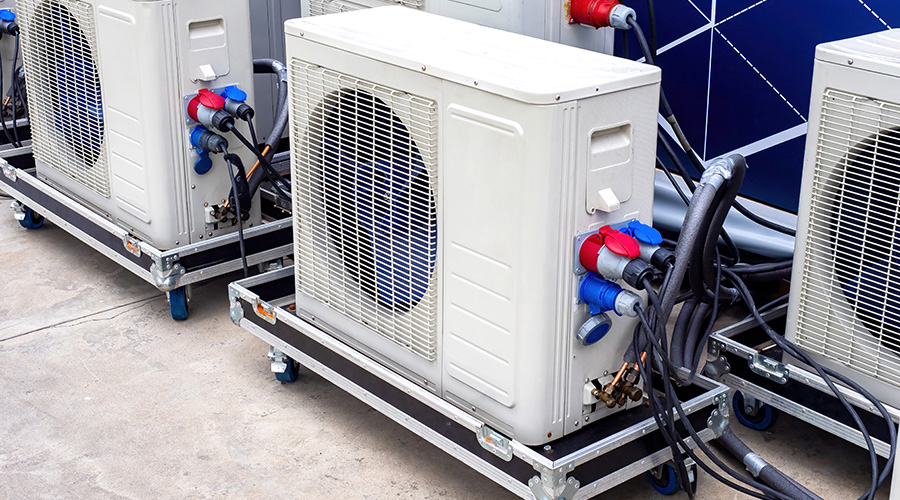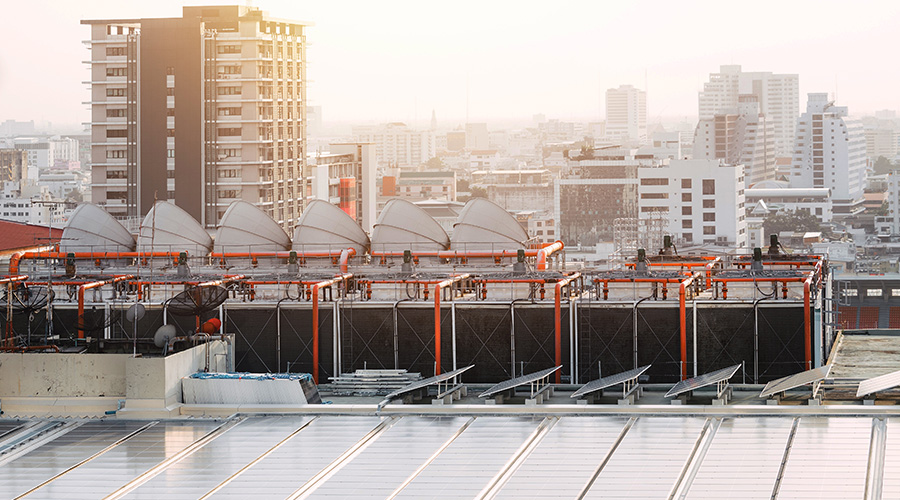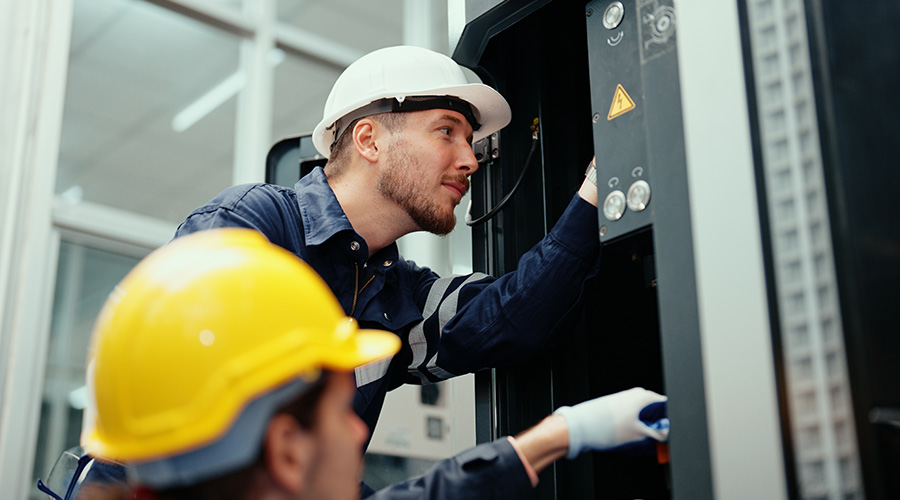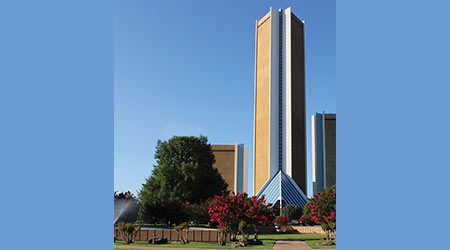 Capital improvements have helped CityPlex Towers become more energy efficient and through a boiler replacement, the buiding has reduced its natural gas usaged by more than 70 percent.
Capital improvements have helped CityPlex Towers become more energy efficient and through a boiler replacement, the buiding has reduced its natural gas usaged by more than 70 percent.Boilers: Replacement Based on Building Load
Having a 2.2 million sq-ft facility, determining the building load for CityPlex Towers was one of the more challenging aspects of the boiler replacement project.
Balancing needs and options
A boiler replacement project was not part of the CityPlex Towers’ original capital improvement plan. With the buildings’ boilers running at 30 percent efficiency, King decided to replace them and began determining the heating and steam load in order to specify the most appropriate boilers.
“At the time, both boilers were working, but we just didn’t have room to put in a smaller boiler with the two 2,500 hp boilers sitting there,” King says. “We ended up cutting one of the big ones out and replacing it with a smaller, more efficient boiler, and with the 10:1 turndown, it meets our needs summer and winter.”
For King, the most challenging aspect of this project was determining the proper load for the towers. He did not want to oversize the boilers, and he did not want to undersize them either. Because the previous boilers were running so inefficiently, King needed to understand the building load.
As the load corrected and the complex became more efficient as a result of upgrades from pneumatic to digital steam coils and valves, King had a hard time specifying the most appropriate boilers.
“We went back to the drawing board a couple of times from the original design of throwing out the number of 1,000 horsepower and then rethinking that,” he says. “We did drag our feet a little bit because we were making so many other changes to the system that were improving the ratio that we didn’t want to miss the mark. We didn’t want to oversize it, but we didn’t want to undersize it. It was a moving target for a year.”
A consulting engineer who had helped on the CityPlex Towers capital improvement plan from the beginning helped King specify the optimal boilers to meet the needs of the towers. Watching the gas consumption numbers daily, King noticed a decrease because of the other changes made in the buildings. When the numbers began to level out, King determined that replacing one of the 2,500 hp boilers with one 700 hp boiler and one 60 hp boiler would be optimal.
Working around tenants to remove the old boiler and install the new boiler was nearly a two-year process that began in 2012.
“We were able to stay on the original second boiler while we cut out the first one and replaced it,” King says. “With health care tenants in the building, it was crucial to make sure the boiler was always working during the replacement. We saved all of the major components because the two boilers were identical, so we had a backup motor and burners. Luckily, there were never any actual components that had to be replaced on the second boiler while the first one was replaced.
“The intent was that when we got into the summer months where we are only using the steam for the central sterile and the health care tenants and not to heat the actual building, the 60 horsepower boiler was designed to handle that during this time of year.”
Having two properly sized boilers and a backup 2,500 hp boiler for worst-case scenarios, King says the new boilers have exceeded his expectations and delivered a range of benefits for CityPlex Towers.
Related Topics:











